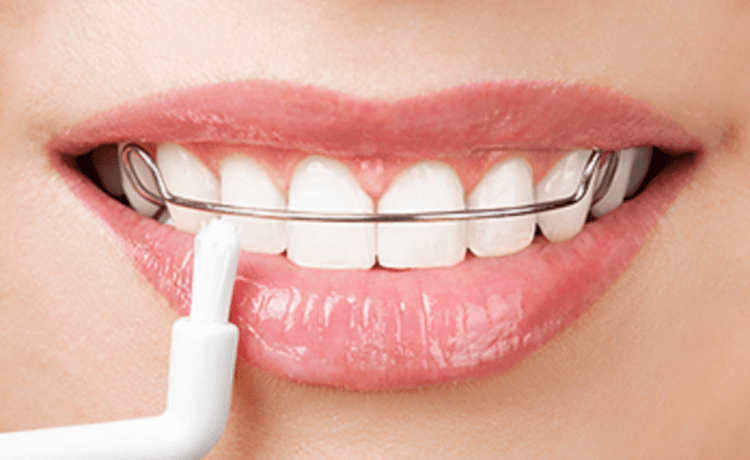You’re probably counting down the minutes till you can take your braces off.
It’s crucial to remember that orthodontic therapy doesn’t end when your braces are taken off.
After the orthodontic treatment is finished, retainers must be worn in order to stop the teeth from moving.
After you have finished your Invisalign or braces treatment, it is crucial that you carefully follow your orthodontist’s instructions to guarantee lasting results.
WHAT DO RETAINERS DO?
After your initial orthodontic treatment is finished, a retainer is an orthodontic item designed to maintain your teeth’s alignment.
This is separate from your braces price Singapore. This retainer will be customized for your smile by molding and designing it.
It’s crucial to have a personalized retainer because it can prevent your teeth from moving out of alignment.
A retainer may feel uncomfortable and tight at first, but with regular use, this should go away.
TYPES OF RETAINERS
Retainer price Singapore depends on the variety and material of the retainer.
Although it is uncommon, there are some circumstances where using both removable and fixed retainers together will result in the best results for your teeth.
REMOVABLE
Removable retainers are those that can be taken off and put away when not in use.
Because you can take off your retainer to clean your teeth, the appliance, and whenever you eat, this type of retainer is frequently much simpler to maintain clean.
You may be able to take better care of your oral health thanks to them.
The biggest disadvantage of detachable retainers is that you have to remember to wear them as directed by your orthodontist.
A fixed retainer can be your best option if you frequently forget to wear it or don’t do it as often as you should.
Because they can be taken out of your mouth and lost, removable retainers are also simpler to lose and damage.
FIXED
Similar to how braces are attached to the teeth, fixed retainers are glued in place.
They are made out of a thin wire that is attached to the lingual surface of the teeth, which is behind them.
The teeth are then used to bind this wire to make sure it stays in place.
Although fixed retainers can be more challenging to keep clean, they are frequently particularly successful at holding the teeth in place.
We can assist you in choosing the best retainer for your unique circumstances and needs.
WHY RETAINERS ARE IMPORTANT
Unfortunately, wearing braces doesn’t ensure that the effects will last.
In fact, once the pressures holding them in place have been released, teeth naturally have a propensity to return to their former positions.
Shortly after having braces removed, it’s likely that the teeth will return to their original misalignment if they don’t have a retainer.
As teeth become more firmly established, the propensity for them to shift and regress lessens over time, but this can take up to 18 months.
A retainer aids in maintaining proper dental alignment and ensuring long-lasting improvements to the way your smile looks.
For the first 3 to 6 months after getting rid of your braces, it’s extremely crucial to use your retainer as frequently as you can, but long-term use is probably necessary to stop regression.
LENGTH OF WEARING A RETAINER
In the end, retainer use will last permanently, and maintaining a straight grin requires ongoing dedication.
However, how long it has been since you had your braces taken off will determine how long you have to wear a retainer.
As directed by your orthodontist, wear your retainer at all times.
While it’s unlikely that skipping a day or two of wearing your retainer would result in serious problems, it is a slippery slope that frequently leads to skipping longer.
The teeth will gradually drift out of alignment as a result.
For the first 3 to 6 months after your braces have been taken off, you will often need to wear your retainer as much as possible.
Following this, it is generally advised that you wear your retainer every night for the following one to three years.
You’ll probably need to wear your retainer two or three nights a week for the next three years to make sure your teeth stay straight.










